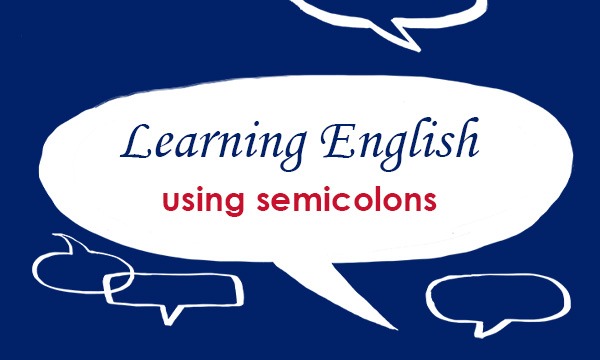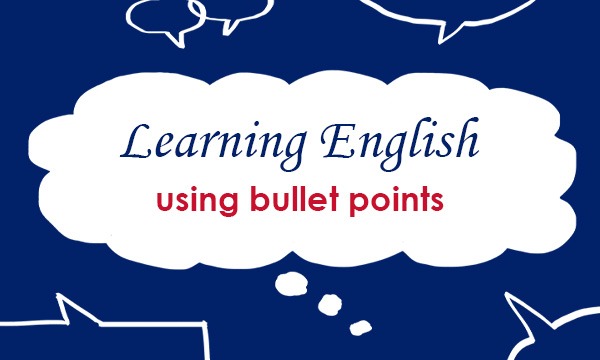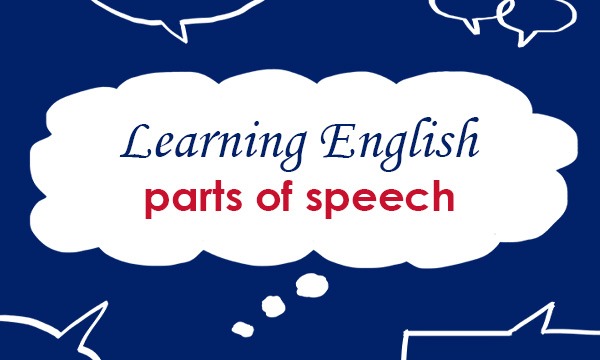The Collins COBUILD Advanced Learner’s Dictionary is more than a source for the definition of words, it is also a tool for improving vocabulary skills through understanding the many prefixes and suffixes used in English words. Both students of English as an additional language and those who have spoken English throughout their lives can benefit from these vocabulary-building possibilities. Through the Collins COBUILD Advanced Learner’s Dictionary and its accompanying worksheets and lesson plans, teachers can also use this valuable resource for engaging activities to develop students’ awareness of prefixes and suffixes.
Imagine your students are reading a text with some unfamiliar words, for example, unpleasantness and malodorous. Of course, your students can look up the words on their phones; doing this will give them the meaning, but it won’t do much to develop their thinking skills or deeper understanding of English. The Collins COBUILD Advanced Learner’s Dictionary can help students go deeper and understand how different parts of a word carry meaning.
Both example words contain clues about their meanings. The prefix at the beginning helps with the lexical meaning while the suffix at the end gives information about the part of speech. The middle part of the word is the base word, which may be called a root, depending on whether it can stand alone as a word or is only a group of letters that carries meaning. Making students aware of this is the first step to enabling them to take charge of their learning and figure out unfamiliar words on their own.
Prefixes
The first word, unpleasantness, has a prefix in common with other words students may know, for example, unhappy or unkind. The beginning of the word un– is one of the most common prefixes in English. It means ‘not’, ‘a lack of’, or ‘the opposite of’. So, even if students do not know a word beginning with un-, they can try removing the prefix to see if what remains is familiar. If not, then a useful strategy is to keep in mind the meaning that un– carries as they think about the word more carefully. Other prefixes that mean ‘not’ include im-, in-, il– and ir-.
The second word malodorous is not a very common word, but it is useful in scientific and academic English. Again, prompting students to think of more common words with this prefix may spark their understanding, for example, malnourish or malfunction. The prefix mal– may be familiar to speakers of French or other languages derived from Latin. It means ‘bad’. Understanding this prefix alone enables students to determine that the word malodorous means something that isn’t good.
Suffixes
Suffixes are attached to the ends of words. Although they can add lexical meaning, their more common function is to indicate a word’s part of speech. The two suffixes in the example words –ness and –ous are quite common. Ask students to think of other words ending in –ness, for example, happiness or sadness. Ask them to remove the suffix and think about the part of speech of these common words happy and sad. They are adjectives. Students can then use happiness or sadness in a sentence and identify their part of speech that is created by this suffix. They are nouns. It can be helpful for students to remember that –ness can attach to some adjectives to form a noun.
The suffix –ous functions in the opposite way, making an adjective from the noun form of a word. Common examples are fame / famous, ridicule / ridiculous, mountain / mountainous, and poison / poisonous. Knowing the information expressed through suffixes can help students make the most of the context when they are reading, which enables them to process text and meaning more deeply and effectively.
Using the Collins COBUILD Worksheets
Teachers can certainly create their own activities to raise students’ awareness of prefixes and suffixes, but not all teachers have the time to invest in developing such activities. As a result, Collins has created sets of teaching / learning materials so that teachers can effectively use the COBUILD Advanced Learner’s Dictionary in their lessons. All the worksheet sets include a lesson plan, a photocopiable student worksheet, an answer key, and any supporting materials, such as photocopiable flashcards for jigsaw activities.
Because the COBUILD Advanced Learner’s Dictionary contains dedicated entries for both prefixes and suffixes, it can be a central part of vocabulary building activities. The prefixes worksheet set focuses on many of the most productive English prefixes that students need for academic success. Similarly, the suffixes worksheet set highlights the most common suffixes, the part of speech they are associated with as well as special information about them, for example, the suffix –ness not only forms a noun, but it also refers to a state or quality.
In addition, the prefixes and suffixes worksheet sets also include activities that encourage students to take responsibility for their own learning. For example, by using the dictionary to find other prefixes and using them productively to create words, students are using their knowledge of a prefixes meaning to test their hypotheses about how they work with different words, and the dictionary helps them to confirm or refine these hypotheses. The suffixes worksheet helps students to organize information about parts of speech so that they can fully exploit the benefits of understanding how to infer meaning using all available clues.
Finally, each worksheet set includes a lesson plan with step-by-step guidance on how to set up and conduct the activities. It also includes useful additional information, for example, pointing out which words may take more than one prefix or suffix, as well as suggestions for conducting the activities in groups or pairs for more meaningful student collaboration. There are also extension activities to add an element of fun, such as tossing a ball to cue the next student to generate a new word with a specific prefix or suffix. And, for those classes that thrive on competition, there are ideas for using the dictionary in teams to generate word lists to expand vocabulary.
Find out more about the Collins COBUILD range here.
By Susan M Iannuzzi
Susan Iannuzzi has been writing ELT materials for multilingual students of all ages and abilities for over 25 years. She has been working with HarperCollins since 2017.
All opinions expressed on this blog are those of the individual writers, and do not necessarily reflect the opinions or policies of Collins, or its parent company, HarperCollins.
This article was first published here.



